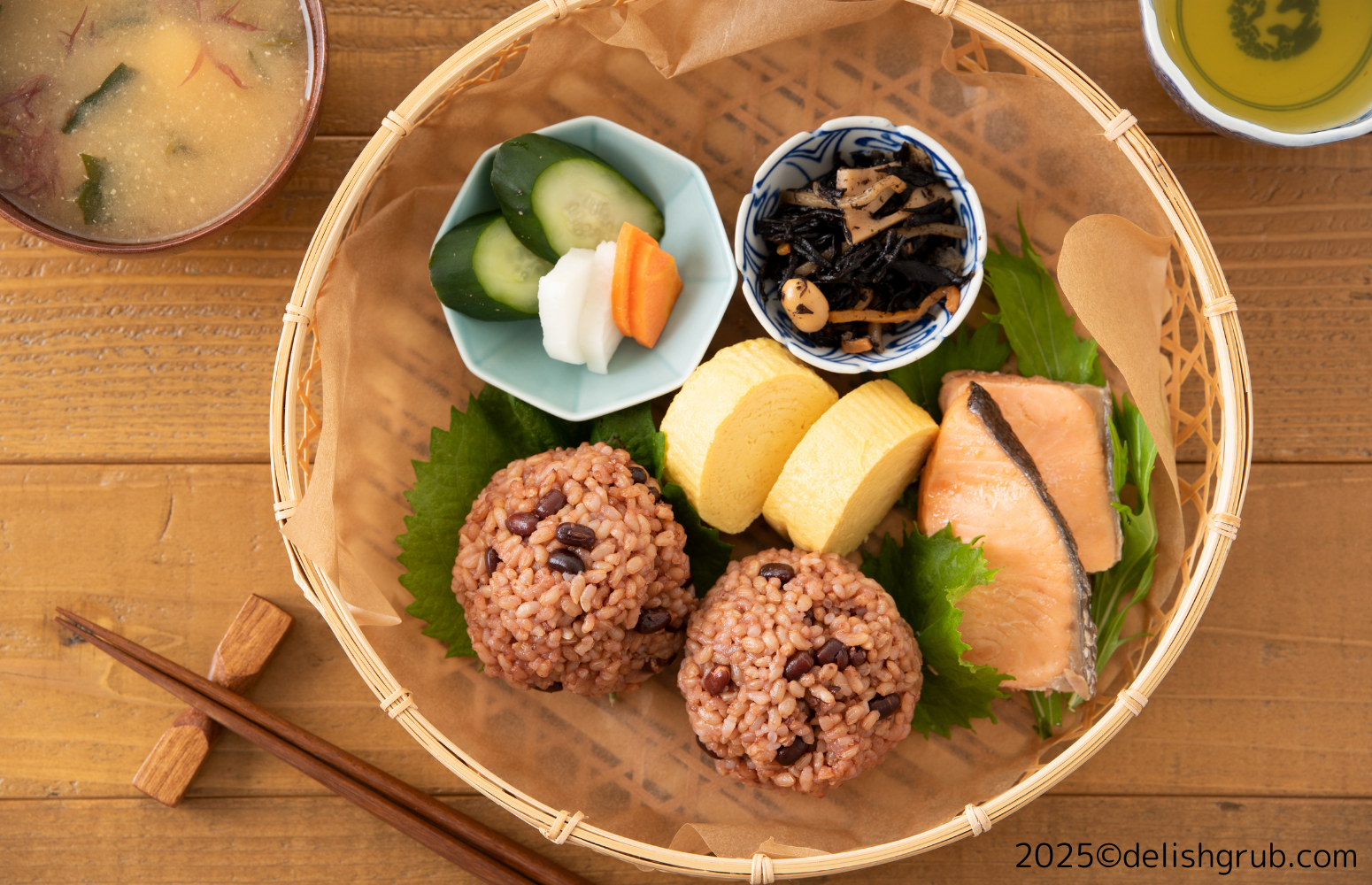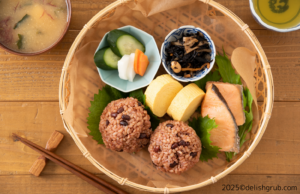“I want to visit Japan, but will I be able to find gluten-free food?”
If this question echoes your concerns, fret not! Japan’s awareness of gluten-free needs is on the rise, with a growing number of restaurants and shops catering to this dietary requirement. This article aims to empower you, a gluten-free traveler, to enjoy your Japanese culinary adventure without any worries.
By the end of this article, you will:
- Gain a basic understanding of what gluten-free means.
- Grasp the current state of gluten-free options in Japan.
- Discover recommended gluten-free restaurants in both urban and rural areas.
- Understand Japan’s efforts in allergen labeling for a safe dining experience.
- Learn about the unique aspects of Japan’s gluten-free scene compared to other countries.
- Be equipped with useful information and tips for your trip.
Let’s embark on a journey to explore the delicious world of gluten-free dining in Japan!
1. Gluten-Free and Worry-Free: Enjoying Your Trip to Japan
What is Gluten-Free?
Gluten-free refers to a diet that excludes gluten, a protein found in wheat, barley, and rye. It’s essential for people with gluten sensitivities or celiac disease, but it’s also gaining popularity among those seeking health and wellness benefits.
The State of Gluten-Free in Japan
As awareness of gluten-free needs grows in Japan, so does the number of restaurants and shops offering gluten-free options. Major cities, in particular, are seeing a surge in specialty stores, providing a wider range of choices.
The Key to a Stress-Free Trip: Research and Preparation
Thorough research and preparation are key to enjoying a worry-free dining experience. Before your trip, explore gluten-free restaurants in your desired areas and learn some essential Japanese phrases to communicate your needs.
Japan’s Allergen Labeling: The Food Allergen Labeling Act Ensures Safety
Since 2019, Japan has mandated allergen labeling for seven specific ingredients, including wheat. This labeling system empowers those with gluten sensitivities to make informed choices when dining out.
2. Major Cities: A Gluten-Free Paradise with Abundant Choices
Major cities like Tokyo, Osaka, and Kyoto offer a haven for gluten-free travelers, with numerous restaurants catering to their needs. You’ll find not only specialty shops but also a variety of restaurants with gluten-free options on their menus.
Tokyo: A Diverse Gluten-Free Scene
Tokyo boasts a wide array of gluten-free options, from specialty stores to cafes and even ramen shops.
- Gluten Free T’s Kitchen: A dedicated gluten-free restaurant serving dishes made with rice flour bread and gluten-free pasta.
- Natural Harmony: An organic vegan and gluten-free cafe.
- Komenoka (Rice Flour Ramen Specialty Shop): A restaurant specializing in ramen made with rice flour noodles.
Osaka & Kyoto: From Traditional Japanese Cuisine to Modern Gluten-Free Cafes
Osaka and Kyoto are also seeing a rise in gluten-free dining options.
- Riz Labo Kitchen: This cafe is popular for its 100% rice flour pancakes.
- Choice: This cafe-restaurant offers vegan and gluten-free options.
- Mumokuteki Cafe: This cafe uses organic ingredients and has a wide selection of gluten-free dishes.
Other Major Cities: Gluten-Free Options on the Rise
Gluten-free restaurants are becoming more common in other major cities like Nagoya, Fukuoka, and Sapporo. Research in advance to discover your favorites.
3. Rural Areas: Enjoy with a Bit of Planning
While gluten-free options might be less readily available in rural areas, you can still find suitable meals with some preparation.
Gluten-Free Restaurants
Even in smaller towns, some restaurants and cafes cater to gluten-free diets. Utilize online resources and review sites to find these hidden gems and consider making reservations.
Gluten-Free Supermarkets and Convenience Stores
An increasing number of supermarkets and convenience stores now stock gluten-free ingredients and seasonings. If you prefer to cook your own meals, these stores can be a lifesaver.
Local Cuisine with Rice Flour
Some local restaurants in rural areas offer traditional dishes made with rice flour bread or rice flour noodles. Research beforehand to savor the local flavors while adhering to your dietary needs.
4. A Remarkable Transformation: The Rise of Gluten-Free in Japan
Changes Reflected in Statistics
- Expanding Gluten-Free Market: The Japanese gluten-free food market reached approximately 20 billion yen in 2020 and is expected to continue growing. (Source: Yano Research Institute)
- Increasing Number of Gluten-Free Restaurants: More and more restaurants are offering gluten-free options, and various information sites provide details on these establishments.
Factors Driving the Change
- Growing Health Consciousness: Increased awareness of health and well-being is leading more people to choose gluten-free diets.
- Increased Understanding of Wheat Allergies: With greater understanding of wheat allergies, more restaurants are accommodating these needs.
- Increase in Inbound Tourism: The rise in foreign tourists, including those with gluten sensitivities, is also encouraging restaurants to adapt.
Future Outlook
The future looks bright for gluten-free options in Japan. We can expect even more restaurants to offer gluten-free menus, creating an inclusive dining environment for everyone.
5. How Does Japan’s Gluten-Free Scene Compare Globally?
Comparison with Western Countries
While Japan’s gluten-free scene might still be developing compared to Western countries, there’s a noticeable increase in both specialty shops and mainstream restaurants offering gluten-free choices.
Comparison with Other Asian Countries
Many Asian countries have a rice-based food culture, making gluten-free ingredients readily available. However, awareness of wheat allergies might still be limited in some areas. Japan’s mandatory allergen labeling system provides a significant advantage for gluten-free travelers.
Japan’s Unique Strengths
- Omotenashi (Hospitality): Japan’s culture of hospitality extends to dining experiences. Even if a restaurant doesn’t have a dedicated gluten-free menu, many will do their best to accommodate your needs.
- Attentive Service: Many restaurants are mindful of dietary restrictions and allergies, providing detailed explanations and ensuring a safe and enjoyable experience.
- Rice-Based Culture: Japan has a long-standing rice-based culinary tradition, offering a wide variety of gluten-free options like rice flour bread and noodles.
6. Helpful Information and Tips
Restaurant Search Websites
- Gurunavi: Offers a search function for allergy-friendly restaurants.
- Tabelog: Provides user reviews of restaurants, including information about allergy accommodations.
Reservations
For popular restaurants or those requiring special arrangements, making reservations in advance is recommended.
Communication
If English menus are not available, these Japanese phrases can be helpful:
- “Gurutenfurii no menyu wa arimasu ka?” (Do you have any gluten-free options?)
- “Komugi arerugii desu” (I have a wheat allergy.)
When in Doubt
- Hotel Concierge: Your hotel concierge can recommend suitable restaurants and assist with reservations.
- Tourist Information Centers: Local tourist information centers can also provide guidance on dining options.
Conclusion
This article has provided a comprehensive guide for gluten-free travelers, offering insights into the current gluten-free dining scene in Japan, along with helpful tips and information.
With careful planning and preparation, you can fully embrace the delights of Japanese cuisine!


